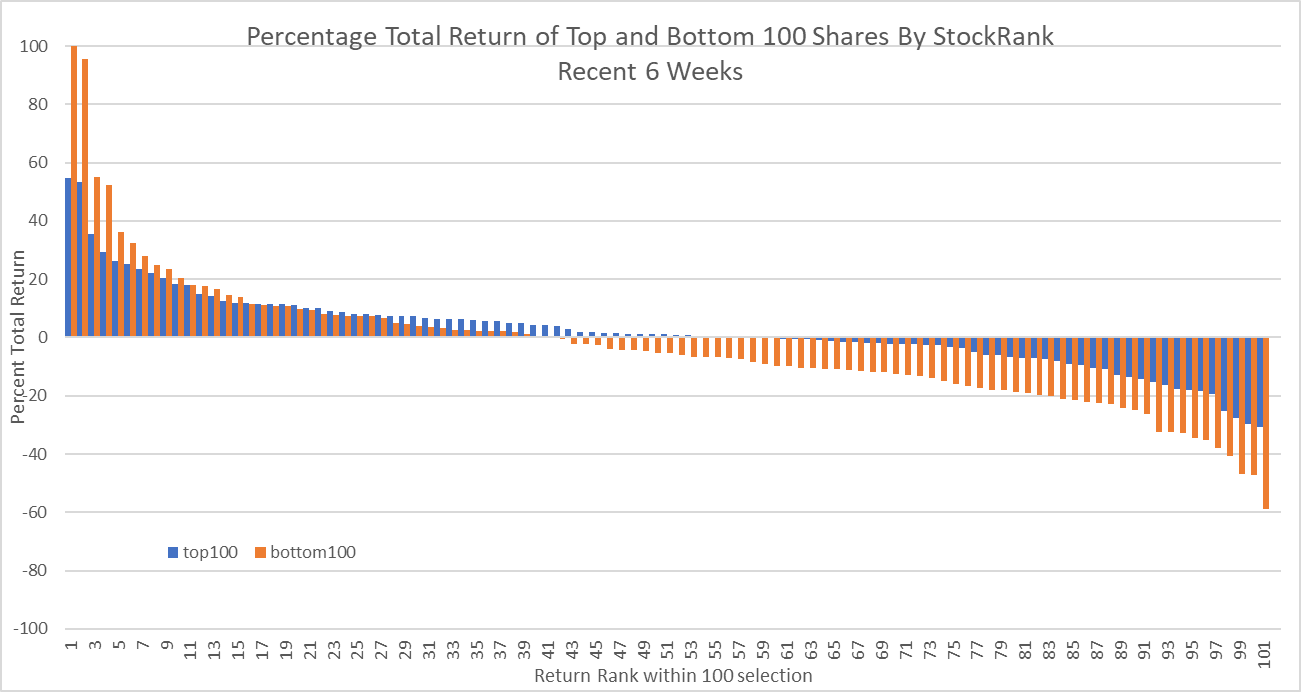Let’s suppose there are two types of economists. The first type thinks stocks behave in a predictable, orderly way. They treat stock selection as a ‘science’, rather than an ‘art’, and try to identify factors that drive stocks up or down according to a clearly defined formula. The second type thinks price trends are chaotic, even random, while stock picking is a matter of good luck.
Nassim Taleb, author of Fooled By Randomness, arguably falls into the second group of economists. When asked to explain the success of Warren Buffett, Taleb said that if you gave every person in America a coin and awarded them $1 whenever they flipped heads, some people would inevitably become rich, albeit by chance. At the other end of the spectrum are economists like Ray Dalio, Eugene Fama and Kenneth French. Their models strive to identify patterns within the chaos of financial markets. Dalio’s research looks at the relationship between stock returns and interest rates. Fama and French suggest investors can potentially predict price trends by looking at company-specific factors. Have their methods cracked the mystery of the stock market? Let’s take a closer look…
A paradigm of Platonicity?
Ray Dalio, founder of Bridgewater Associates, sees stock market complexity as something that can be understood with the right analytical framework. His studies divide history into periods, or paradigms. Within each paradigm, stock prices are driven by a particular set of market forces, for example, low interest rates, stock buybacks, tax cuts and wide profit margins since 2009. Dalio’s approach is elegant, but someone like Nassim Taleb could insist that Dalio is a victim of ‘Platonicity’ - i.e. the naive desire to cut reality into neatly defined shapes that ignore underlying complexities and nuances.
Is Dalio’s approach simplistic? Let’s explore. Dalio says that since 2009, we have been in the paradigm of ‘Reflation’, where central banks drove stock prices up by pushing interest rates down. This makes intuitive sense. When the central bank rate is lower, interest rates fall across the economy. Stocks become more attractive if returns from dividends and price appreciation exceed returns on cash savings. That’s the theory, but does theory reflect reality? Consider the following Financial Times headline:
GLOBAL STOCKS KNOCKED AFTER CENTRAL BANKS PUSH INTEREST RATES HIGHER
There we have it! Dalio was right, or was he? Maybe it’s not that simple. The following chart shows how the FTSE 100 responded…







